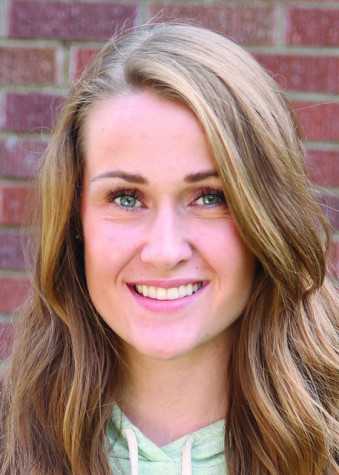Eastern grows a greener future
October 24, 2012
Eastern could be home to an alternative energy demonstration site by as early as fall 2014. The site is to be constructed behind the Anna Maria apartments near the Red Barn.
The facility, known as the Center for Alternative Energy and Sustainability, is a project two years in the making.
Education professor Rodger Hauge and engineering professor Jeff Donnerberg are spearheading the project. The duo has worked together on various alternative energy projects over the years.
“We started working together years ago on an inquiry process for kids,” Hauge said.
That eventually lead to them educating teachers about science. They also held a successful alternative energy workshop, according to Hauge.
“We really had fun and said, ‘This is cool.’ We started making trips out to schools,” he said. “We said we wanted to have a place here where we could do this thing, and bring kids to us. This is what’s come of it. It’s an evolution.”
The project is currently in its pre-design phase. Initial blueprints have been drawn up by Bernardo-Wills Architects of Spokane. The facility will be built to meet the standards of the Living Building Challenge.
According to its standard, which can be found on its website, the Living Building Challenge aims to create buildings that generate all their own energy with renewable resources, capture and treat their own water and operate efficiently with maximum beauty.
Living Building Challenge buildings must meet certain criteria in areas of site, water, energy, health, materials, equity and beauty. They are then inspected by Living Building Challenge team members, who will certify the building if it meets expectations.
Eastern’s proposed facility will include an abundance of vegetation indigenous to the Palouse prairie, a classroom building with research labs, a research pad where engineering and construction students can design and erect their own buildings and an engineering living lab where students can study different types of construction methods.“We’re going to use different kinds of construction techniques, like we’re going to have wall sections where maybe the first eight feet is built one way and right next beside it is eight feet built another way, eight feet in another way, and then we’re going to have data analysis on all of that,” Donnerberg said.
This will allow students and researchers to analyze and compare and contrast different wall structures. The same sort of testing will be available on insulation techniques, window types, solar panels and many other materials.
Besides being a learning facility for Eastern students and faculty, the Center For Alternative Energy and Sustainability will serve as a means for research and education for others in the region.
“We’re going to have students from the general university campus, faculty, student researchers, visiting faculty, visiting corporate faculty [and] the third through 12th-grade school people will come in for field trips and other kinds of things, especially in the summer,” Hauge said. “There will be programs developed for them when they come here. There will be training for teachers, there will be training for engineers in the field that want to work with schools. It is an educational facility.”
The building, which will cost around $10 million, will be funded entirely by grants and donations. The Bonneville Environmental Foundation has provided two solar panels.
“It’s slightly shy of a $100,000 installation of a stationary panel that’s static, and a solar tracker that tracks on two different axes so that it follows the sun in all seasons of the year. It does produce more energy,” Hauge said.
Local technology company Itron has donated $200,000, and a local company called Reli-On has donated a fuel cell, which will produce hydrogen and convert it into energy.
“The hydrogen will be produced by power from the solar cells, and it will be produced through a hydrolysis process. We’ll actually produce the hydrogen and store it on-site in a low-pressure container,” Hauge said.
The list of potential donors and contacts has grown alongside community and regional interest in the project.
“It should be the only facility like it in the country: the facility, the programs, the educational outreach,” Donnerberg said.
Hauge also echoed its distinctness.
“It’s unique not only in the country, but in the world,” he said. “[That is] the appeal to us, and to Eastern. To do something world-class is something else.”








